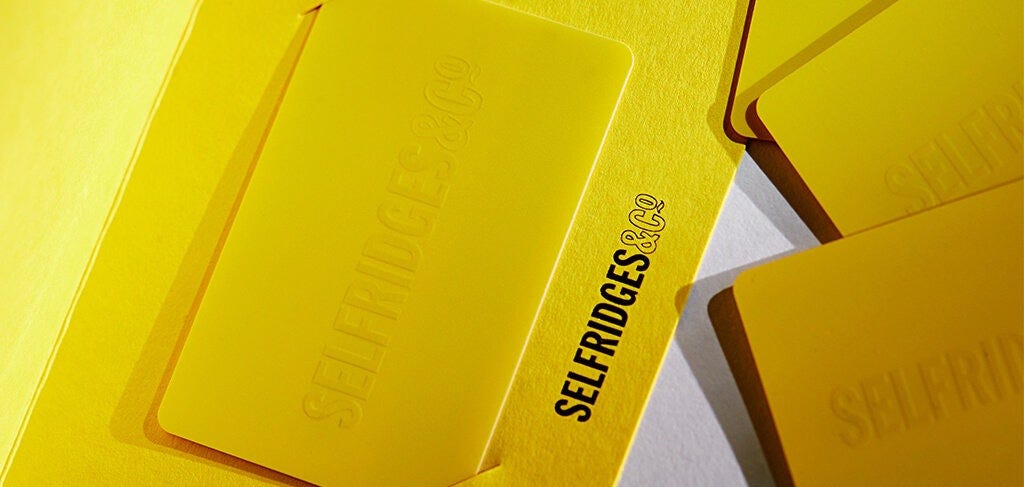Everyone talks magic a little differently, from camera operators to magicians and consultants. We can learn a lot from how we talk tricks.
Camera Operators Talk Methods.
Years later, they say things like “that shoot with the huge magnet” or “the trick with the fishing line.” They almost always recall tricks by their method.
There’s a reasonable explanation. Camera operators tend to be there for shoot days only. They don’t see the writing or rehearsal process. They don’t watch the edit, and they rarely see the show. Instead, they rock up and block the trick. They get told the method and try their very hardest to avoid exposing the method on camera.
Magicians Talk Tricks
Magicians talk tricks. They say what if we do a version of X trick. When suggesting methods or ideas, they’ll use trick names to describe the things they mean.
I suppose this is because they mostly buy tricks, learn them and perform them. This is no knock at that. A lot of cover musicians have wonderful careers.
Consultants Talk Principals*
Consultants skip the trick names and go straight to the principles of magic. Principles like dual-reality, swami, black art, illusion bases, one-ahead, multiple-outs, double-writing, forces, instant stooging, impression devices, pre-show and the almighty Hollingworth principle.
In a writers room, we practically bounce off the walls suggesting magic principles for brilliant new trick ideas. What if we pre-show the first half of the prediction and use multiple-outs for the second half? Open the envelope, and the first half is written on the folded paper, then open that up to reveal the second half of the prediction?!… that’s actually pretty good.


